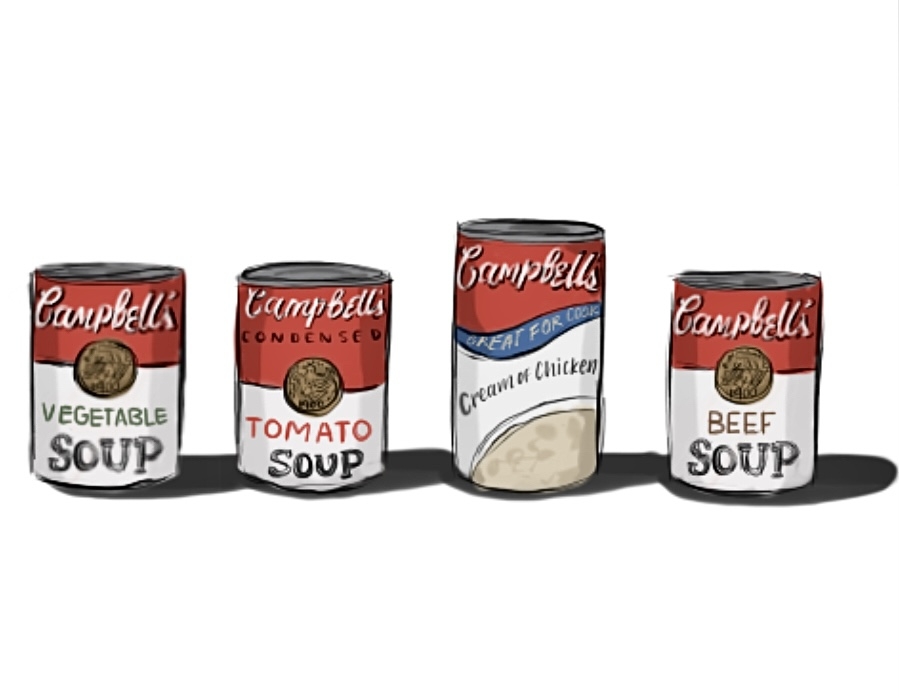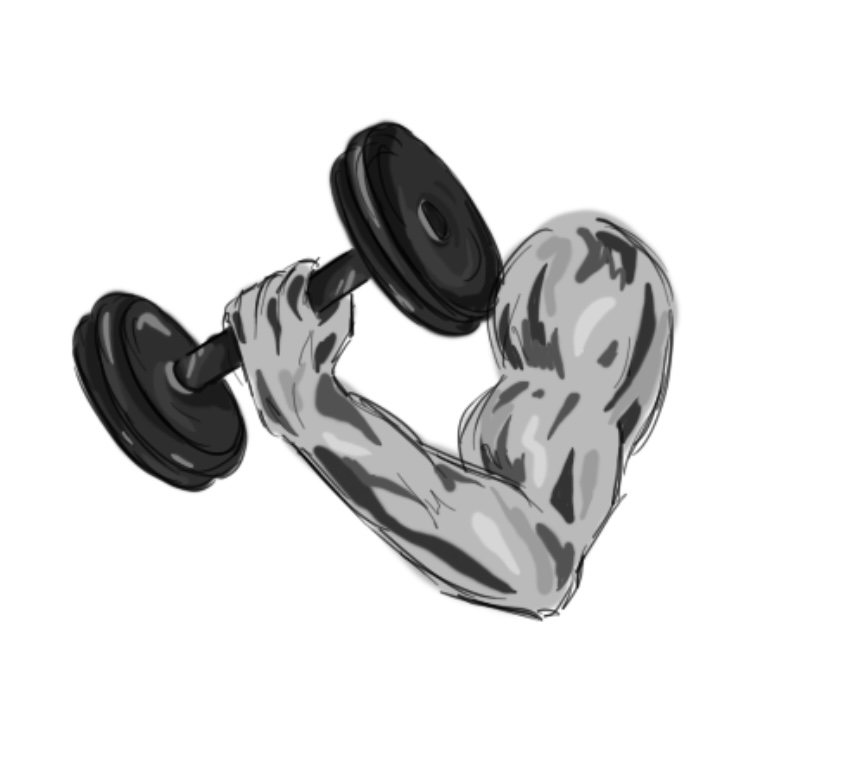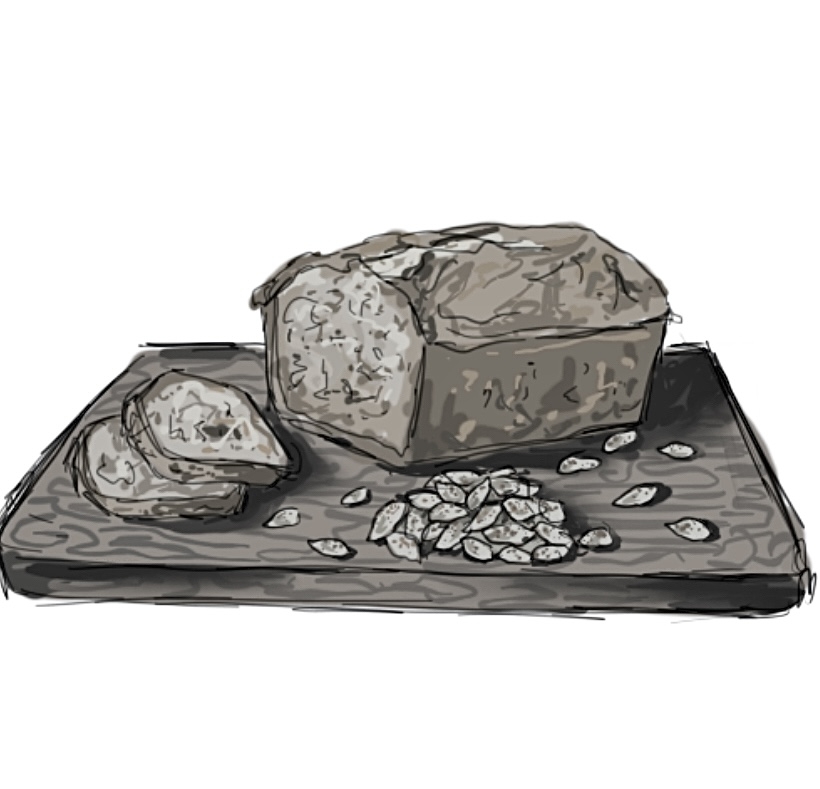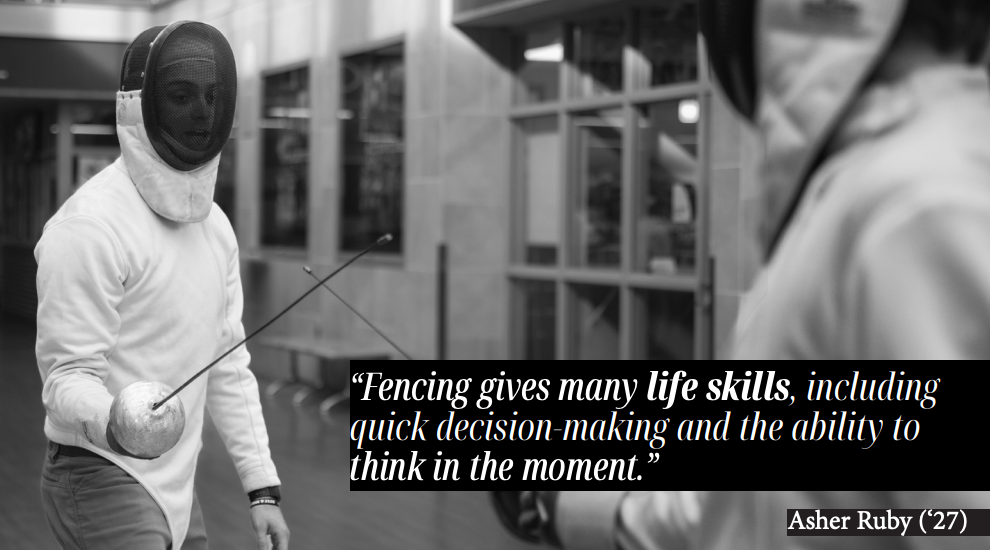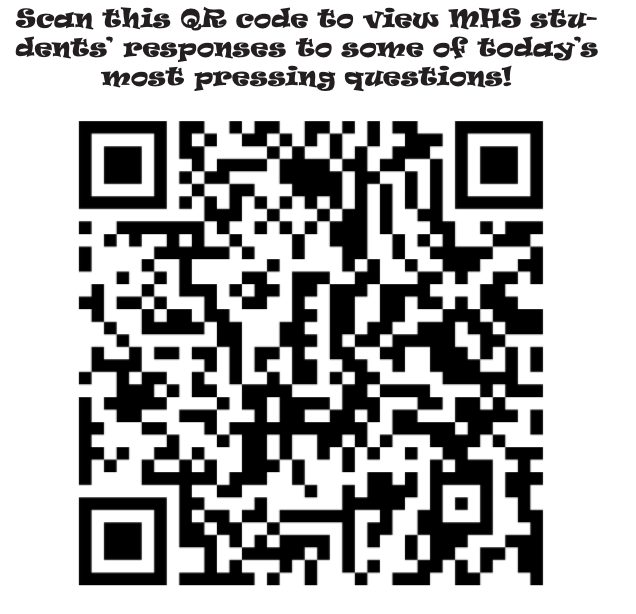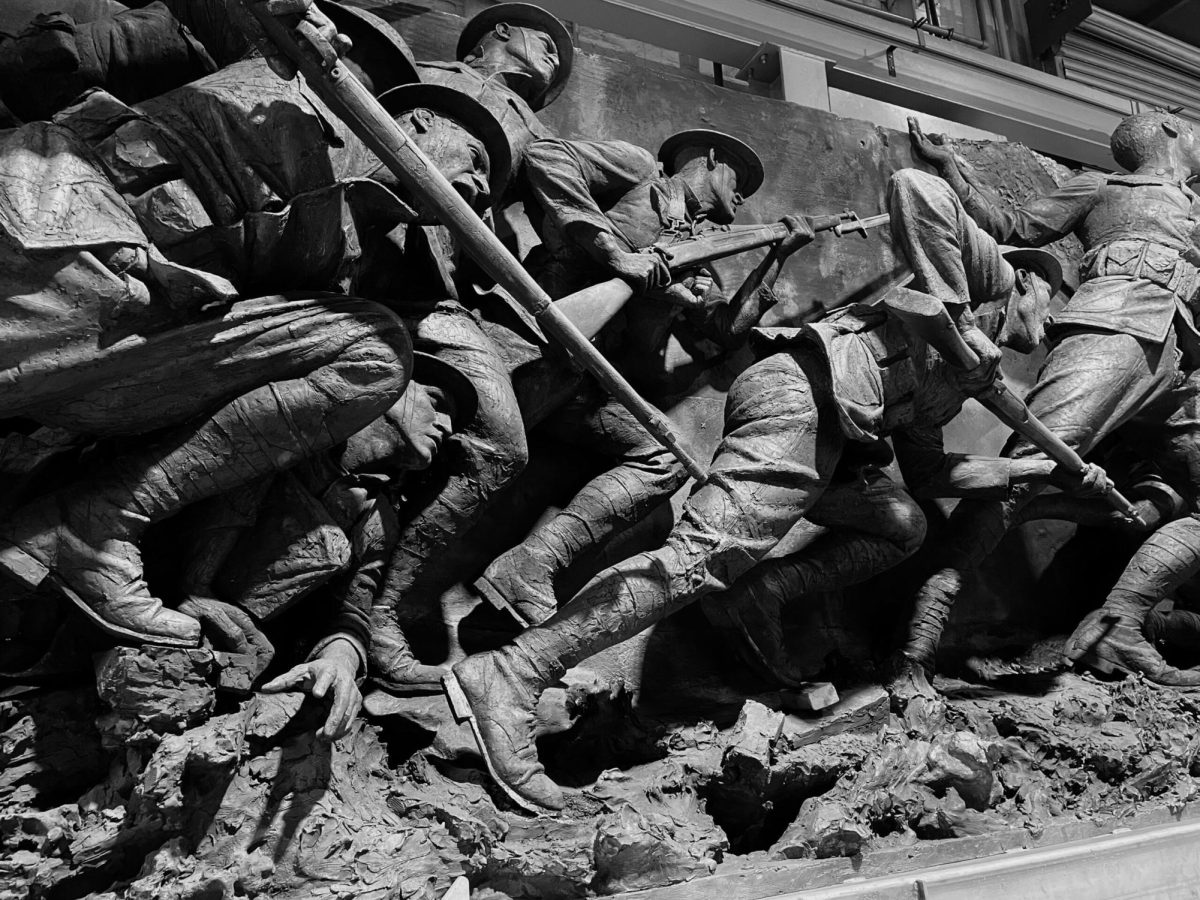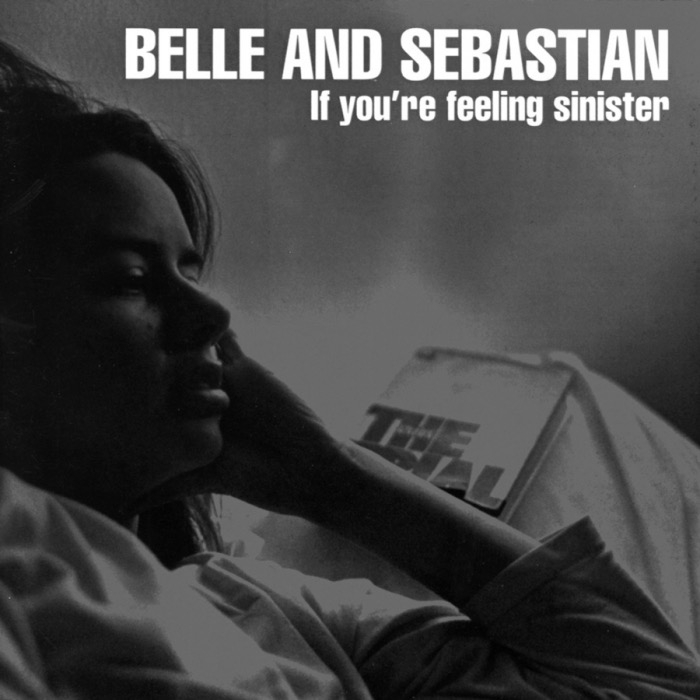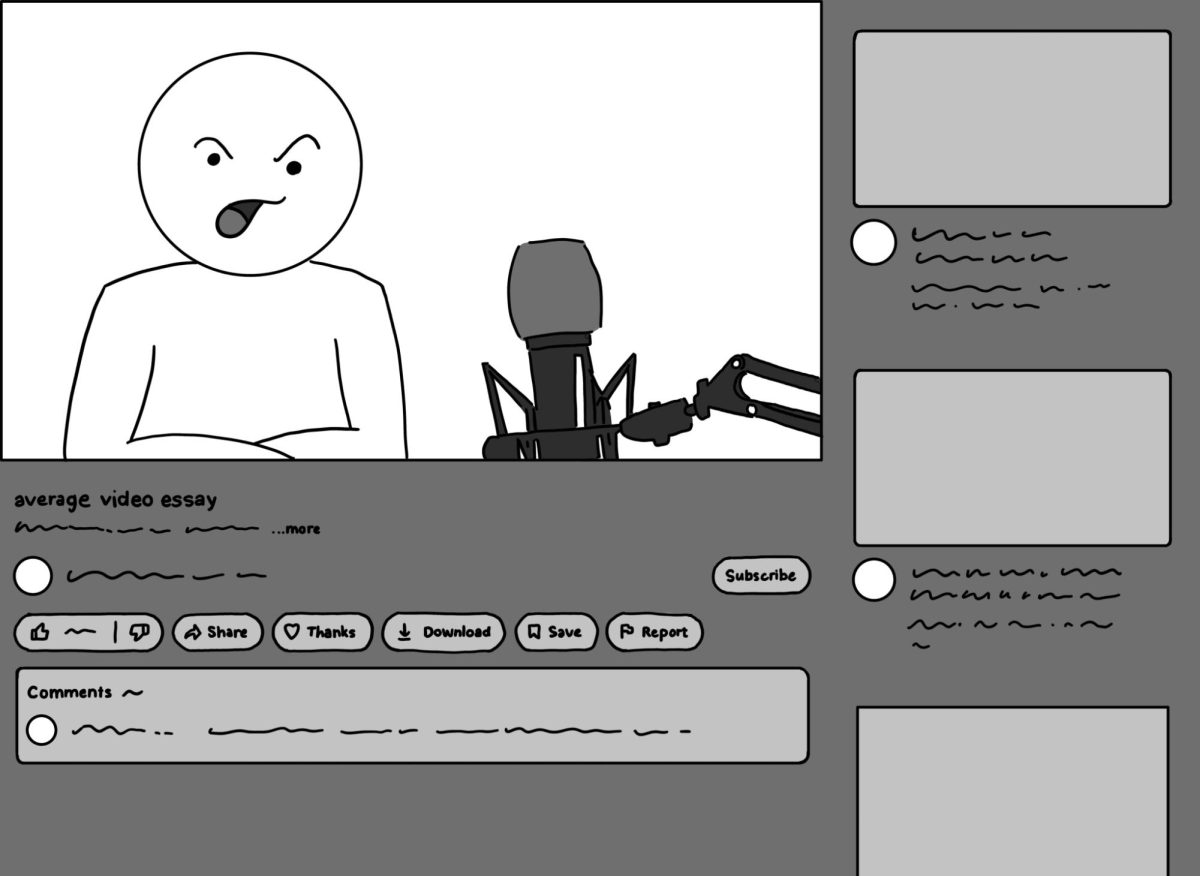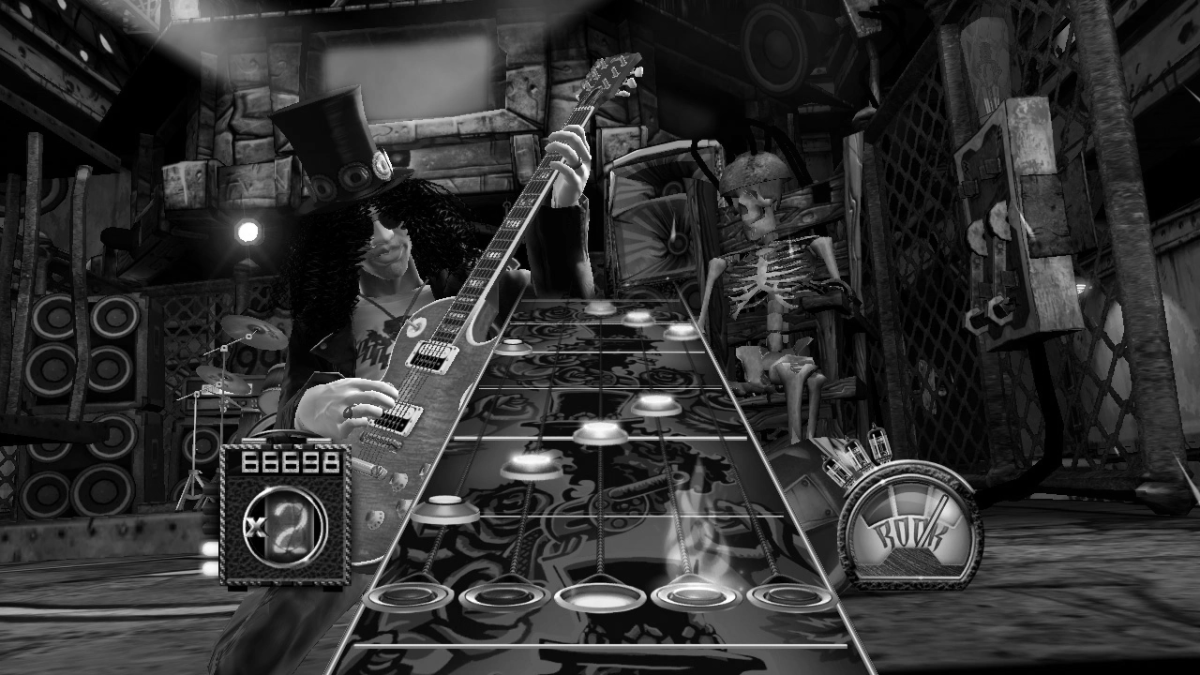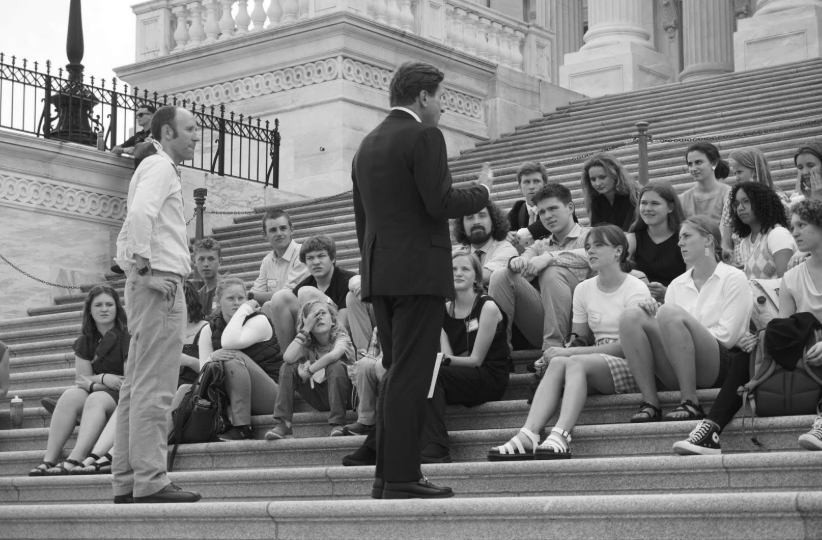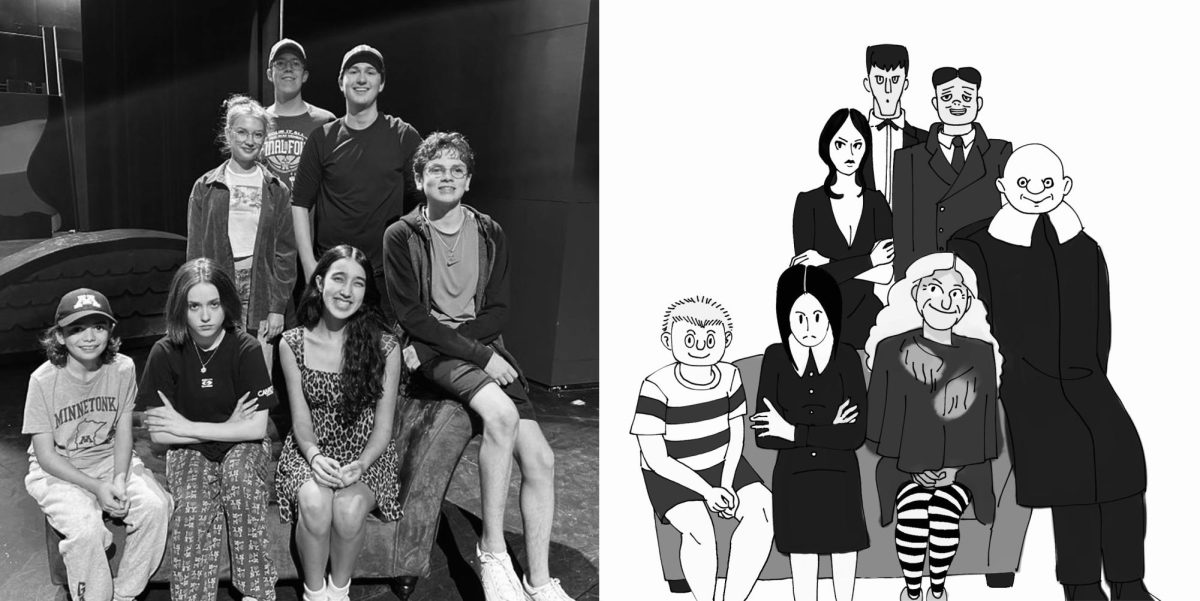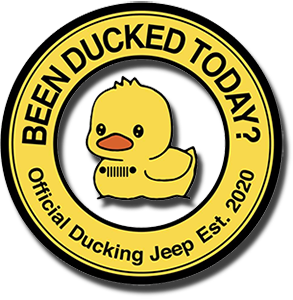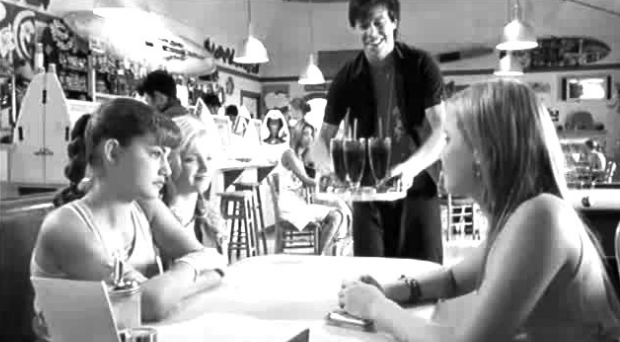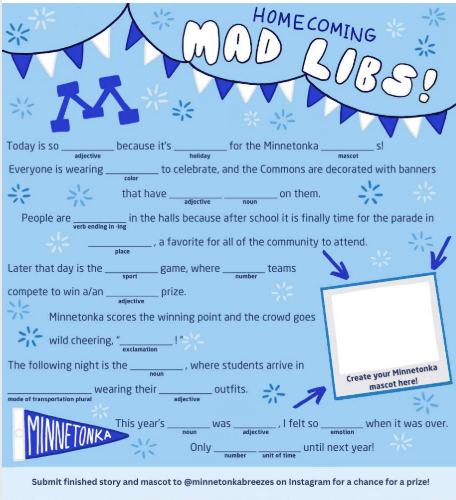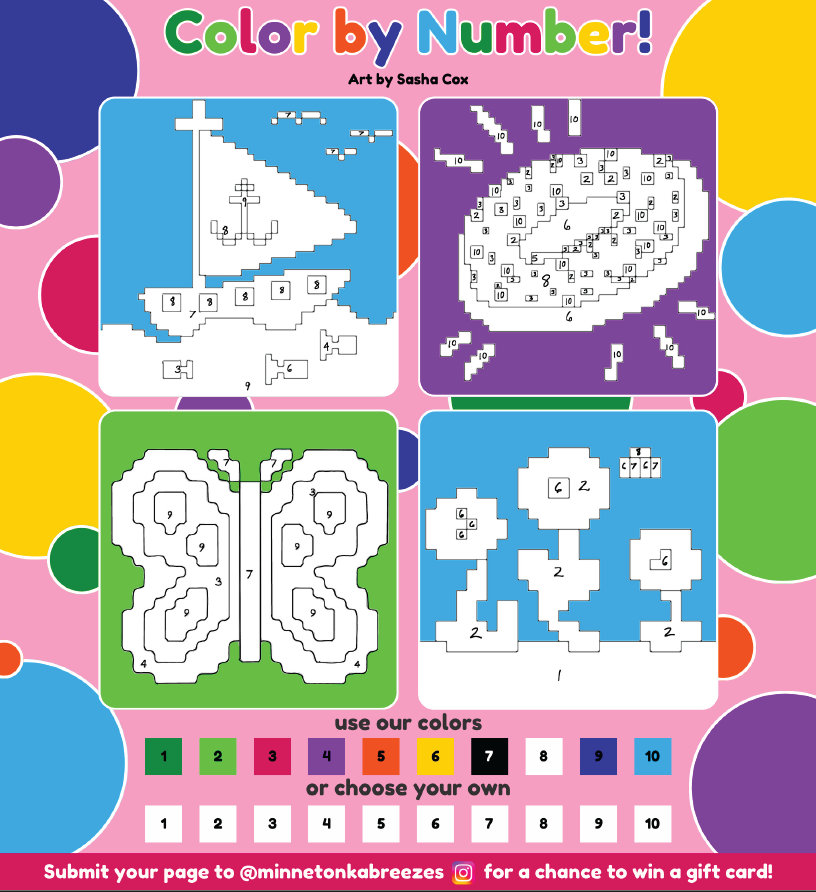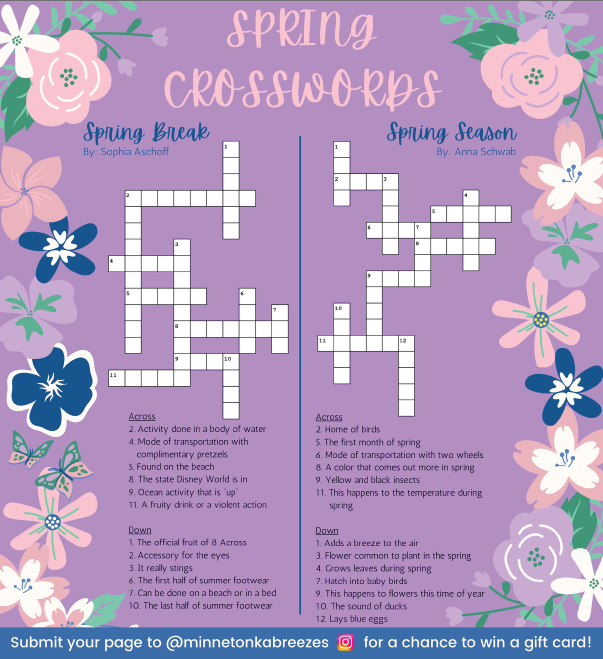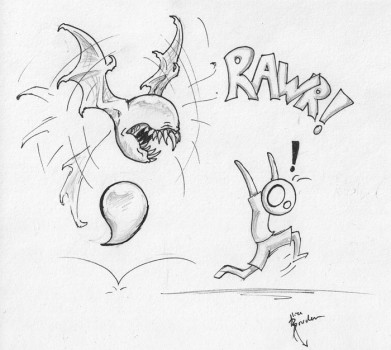What’s meant to separate two related, independent clauses, often misused in place of a comma, and now mainly used to make a winky face? You guessed it – the semicolon. The most misunderstood punctuation mark has lost a lot of its once-high reputation among the teachers of MHS in recent years, which is a shame, since it can be quite effective when it’s not thrown around like flags at a fifth-grade football game.
Ms. Labs, an English teacher, believes semicolons can be powerful, but “they should be used sparingly, and with purpose. They are most useful when the writer is trying not to litter sentences with coordinating conjunctions.” (Instead of “I dropped my books, and they fell to the ground,” you would write “I dropped my books; they fell to the ground.”) Too often she sees students use it where a simple comma should go (“I read Breezes; Minnetonka’s school newspaper.”)
English teachers aren’t the only ones who are annoyed by incorrect and overused semicolons. Social studies teachers Ms. Duncan and Ms. Breidenbach have both waged war on the semicolon after seeing it as many as five to ten times on one page of a history essay. “I even tried banning it one year,” Ms. Duncan says, “but it is a legal form of punctuation. It just hurts to see so many students use them where other perfectly lovely forms of punctuation would suffice.”
Like Uggs, hair gel, and movies about chipmunks, semicolons are often used excessively. Without them though, it just wouldn’t be the same. So while an army of reckless semicolons may make your teacher cringe, a nicely-placed one just might make him wink back in approval. So don’t rip the computer key under your pinky finger off, just remember it should stay in the top section of your punctuation pyramid (next to the deep-fried dashes on a stick). Because using a lot of semicolons in an essay is kind of like wearing a white suit to prom: you are trying to look impressive, but you end up either looking pretentious… or stoopid;

